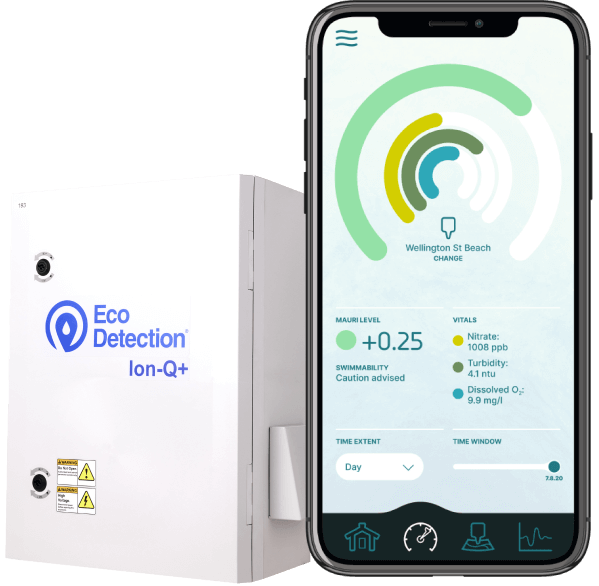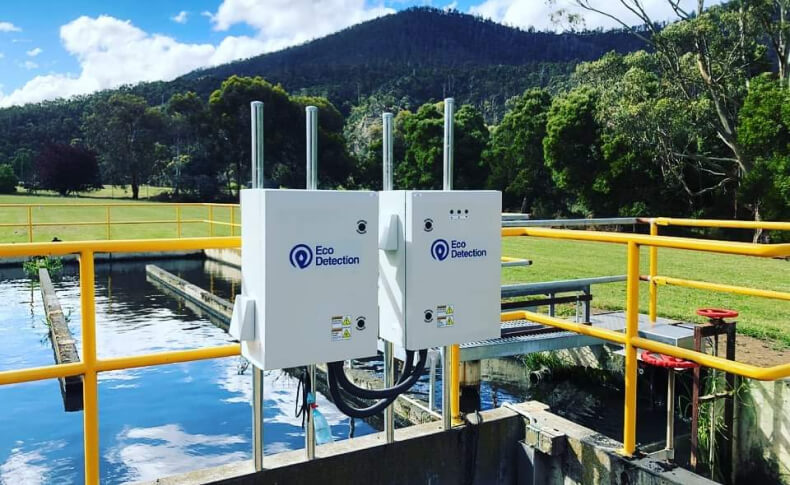Case study – Template Page
Monitoring of Nutrients in Rivers & Catchments from Agricultural Land
The challenge
Water Utilities face a constant challenge of servicing an increasing population with ageing infrastructure and in doing so, they must continue to reduce the impact on the environment.
The discharge from WTPs (of TN and TP) into inland waterways is allowed under license from the local regulatory Environment Protection Authority (EPA).
In addition to penalties issued for exceeding the discharge limits, as per the site operating license from the EPA, the General Environment Duty (GED) demands all business to understand and manage risks they could impose on the environment. Specifically, a company must demonstrate a clear ‘State of Knowledge’ of any potential risks to the environment.
Many ageing WTPs are unable to cope with the increased sewer loads into the plant from an increasing population. Climate change also brings an increase in sewer system Infiltration and Inflow (I&I), with higher surges of influent.
To manage the increased risks of possibly exceeding discharge limits, WTPs require more frequent monitoring of the discharge, in a timely manner, so that immediate actions can be taken.
Taking of manual grab samples for laboratory analysis has been common practice, however the constraints on resources and associated costs for required increase in the frequency of monitoring are now unworkable.
The solution
Eco Detection provides frequent in-situ monitoring – in effectively real time – for WTP operators to take immediate action and therefore actively control the inherent risks of exceeding the discharge license limits and being issued associated penalties.
Eco Detection now provides a practical field solution to monitor upstream and downstream of the WTP discharge point, providing TN and TP in effectively real time, with the data fed directly into plant SCADA for immediate action if required.
The Eco Detection unit provides an enriched, frequent source of discharge data, immediately providing a comparison with that of water upstream, in a much lower cost compared with manual grab sampling and laboratory analysis.

The impact
Deployment of the Eco Detection unit demonstrates a clearer ‘State of Knowledge’ of the WTP operation as it relates to potential risks on the environment.
The new controls available will reduce the likelihood of unwanted flushes of high TN and TP downstream that can manifest into devasting effects on the ecology, resulting in potential eutrophication and algal blooms.
Water utilities are under pressure to serve growing populations with aging infrastructure while minimising environmental impact. With stricter regulations and the need for timely action, traditional periodic manual grab sampling for discharge monitoring is no longer sustainable.
Praesent quis feugiat massa, a aliquet nisl. Phasellus consequat metus quis lobortis consectetur. Sed non velit gravida, pellentesque orci et, iaculis nibh. Nulla facilisi.”
